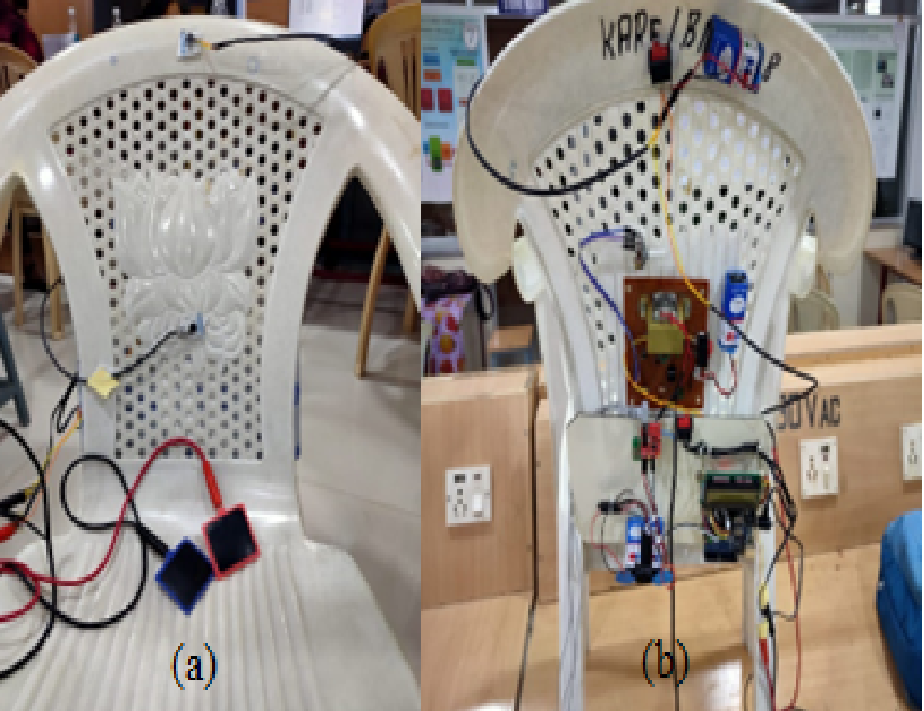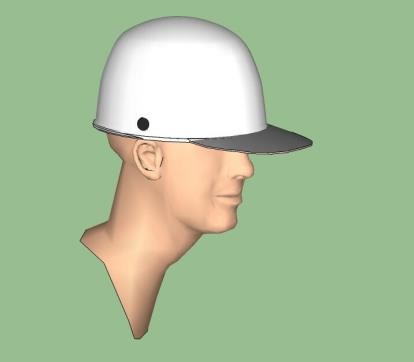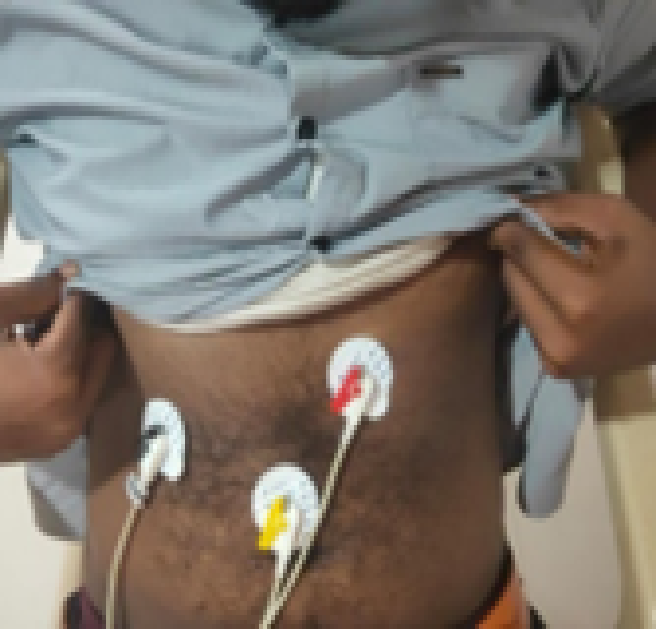Patients who suffer from bruxism grind, gnash, or clench their teeth. If you have bruxism, you may have unconsciously clenched or ground your teeth while awake (awake bruxism) or while sleeping (sleep bruxism). Sleep bruxism is an abnormal movement of the teeth during sleep. People who clench or grind their teeth (brux) while sleeping are more likely to have snoring and sleep apnea. Mild bruxism may not require treatment. In contrast, bruxism can be severe and frequent in some people, causing jaw pain, headaches, fractured teeth, and other problems. Some of the symptoms include flattened, broken, damaged, or misaligned teeth, as well as worn dental enamel that exposes deeper levels of the affected person’s tooth. Other symptoms that patients may or may not notice include dull headaches that begin in the temples, biting injury to the inside of their cheek, and disturbed sleep. Sleep bruxism, a gnawing habit that occurs while sleeping, has been linked to arousals. Up to 50% of children and 8 to 10% of adults suffer from sleep bruxism, also known as sleep-related movement disorder. As a Risk Factor, Sleep Deprivation Bruxism is caused by sleep apnea. One theory holds that bruxism episodes are caused by sleep apnea [3, 4]. Bruxism does not usually cause major problems. Severe bruxism, on the other hand, can cause damage to their teeth, crowns, or jaw, as well as chronic headaches and other symptoms. Polysomnography, or overnight sleep examinations in a sleep clinic, is the most conclusive method of diagnosing sleep bruxism. Polysomnography (PSG) is a sleep research technique that involves recording physiological events during a night’s sleep. When using tele-diagnosis to identify sleep bruxism, the patient should provide the doctor with the entire night’s data. We must ensure that the transmission is error-free and that the best compression technique is used. This study investigates the performance of several EMG signals used for tele-diagnosis signal compression. The purpose of this research is to identify bio signals for tele-sleep bruxism diagnosis using IOT-based real-time monitoring.


The primary goal of this work is to provide non-invasive, wireless, and precise output. This study’s findings suggest that EMG could be used to effectively regulate bruxism occurrences as well as other bio signals. These developments could be extremely beneficial in the field of tele-diagnosis of sleep bruxism.





